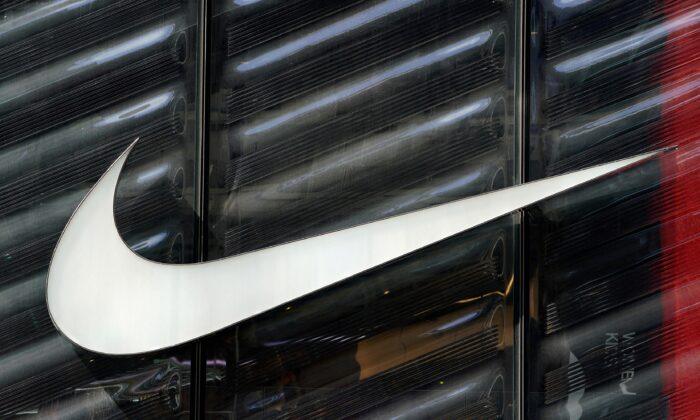Big-box retailer Best Buy posted weak earnings and sales in the fourth quarter of 2024 as competition in the retail industry intensifies and customers shop around for deals.
The decline in same-store sales follows similar declines in recent quarters led by weak appliance and entertainment sales. Products in these categories are susceptible to macroeconomic conditions and competition from brick-and-mortar and online retailers.
“During the second half of the quarter, a combination of the ongoing macro uncertainty, customers waiting for deals and sales events, and distraction during the run-up to the election, particularly in non-essential categories, led to softer-than-expected demand,” Corie Barry, the company’s CEO, said in a statement accompanying the release of the company’s financial results.
A softer-than-expected demand has led the company to adjust its full-year comparable sales guidance to a decline in the range of 2.5 percent to 3.5 percent, though it maintained its net income guidance.
Jason DeLorenzo, a leading expert in options trading and market dynamics, sees Best Buy’s third-quarter report as reflecting the continued decline in goods purchases over the past year.
“Except for a large Christmas quarter last year, Best Buy has seen its EPS decline strongly YoY,” he told The Epoch Times via email. “Generally, the decline started in 3Q of 2022 and has gradually declined. Best Buy typically sells luxury gadget-type items that consumers spend less on over the past several years as supply chain and monetary inflation increase. These items have been less in demand.”
Wall Street reacted negatively to Best Buy’s report, sending its shares more than 6 percent lower in early morning trade. The company’s shares are up 16 percent for the year, lagging the S&P 500, which has gained 26 percent.
Best Buy is one of many retailers reporting disappointing results and blaming a challenging macroeconomic environment and competition.
Last week, Target posted financial results that missed analysts’ expectations, and its CEO made similar statements about the current retail environment.
Still, Costco, Walmart, and TJX Companies reported solid third-quarter results, suggesting that the problem of weak earnings and sales is company-specific primarily rather than industry-wide.
Best Buy’s recent financial performance confirms that the company is undergoing corporate cycles characterized by expansions and contractions as competition invades its home turf.
The company was in a down cycle a decade ago, fighting for survival. Amazon’s entry into electronics retailing turned Best Buy’s most essential advantages (location and scale) into a significant disadvantage.
Customers often visit Best Buy’s stores to browse their favorite products, only to purchase them at a discount on Amazon’s website. This price competition from Amazon and high operational costs severely impacted Best Buy, resulting in substantial losses. Business experts and Wall Street analysts predicted the eventual decline of the iconic retailer.
But it didn’t happen. The big-box retailer survived and thrived due to Renew Blue, an innovative strategy that leveraged the company’s core competencies to revive sales growth. First, it capitalized on a new retail trend: the merging of online and offline sales. Customers order online and stop by one of the company’s stores to pick up the merchandise on the same day.
Second, it expanded the scope of Best Buy’s operations and added more products to its stores to address emerging consumer electronics technology trends such as health technology solutions, home theaters, and computing.
Third, it rode another retail trend, the development of “stores within stores,” with technology giants such as Microsoft and Samsung setting up stores inside Best Buy locations.
Fourth, it effectively deployed Geek Squad, helping the company bundle the sale of electronic devices with services, which Amazon is missing.
However, strategies have limitations. They cannot address the cyclical nature of the retail industry or prevent the competition from devising methods to lure customers. For instance, Amazon has expanded its warehouse and logistics and introduced hub lockers to expedite merchandise delivery and returns.
Best Buy’s corporate cycles make its shares risky, which could explain why the stock has been underperforming the broader market over the long run. Over the past three years, Best Buy shares have been down 13.5 percent, while the S&P 500 shares have been up 28 percent.
Still, Best Buy’s CEO is optimistic about the holiday season that began early this year.
“In the first few weeks of Q4, as holiday sales have started and the election is behind us, we have seen customer demand increase again,” she said.







